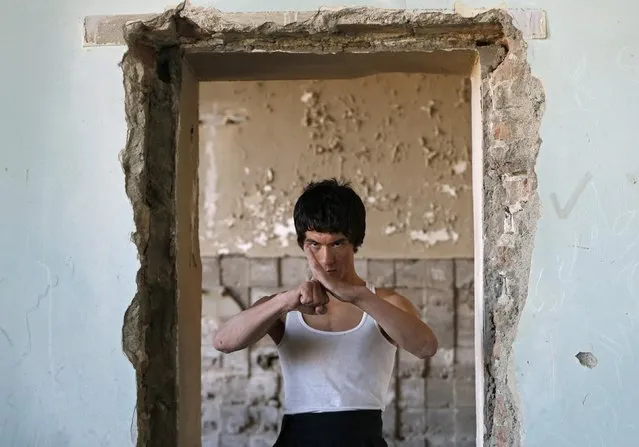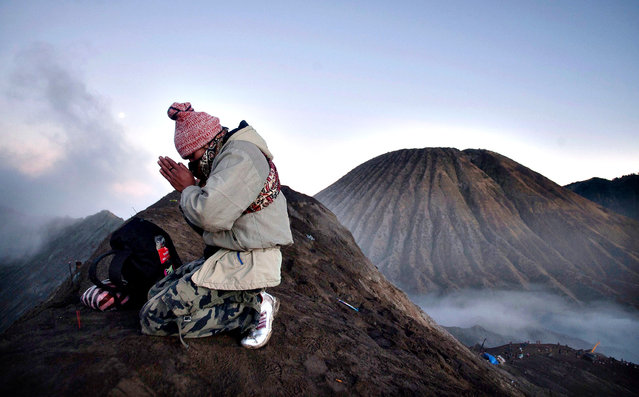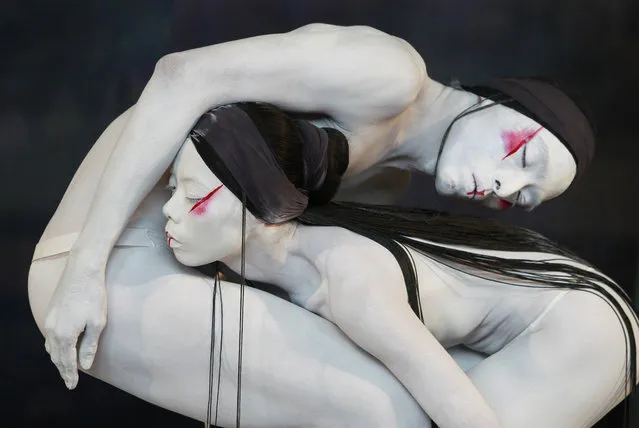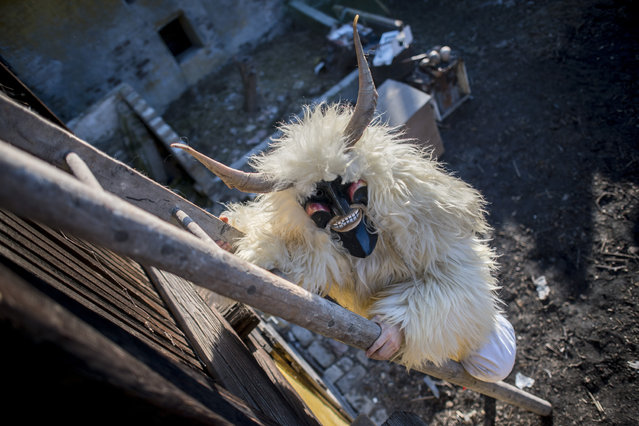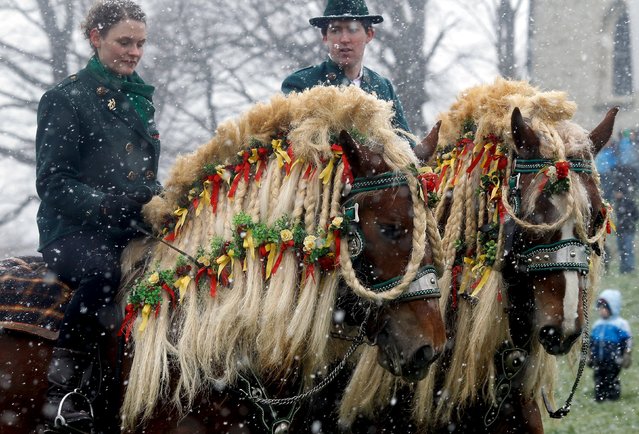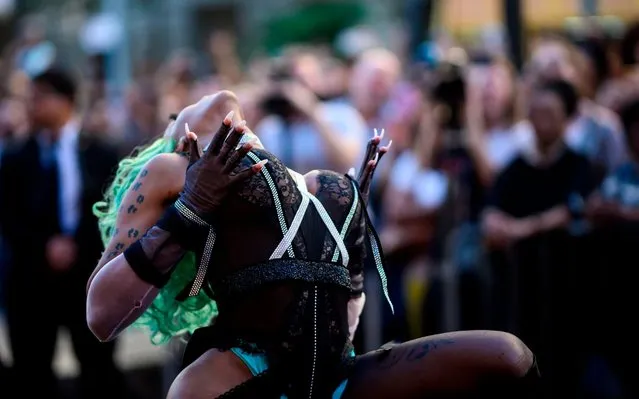
A performer competes during the “Battle of the Legends” vogueing competition outside the Met (Metropolitan Museum of Art) on June 11, 2019 in New York City. In celebration of Pride month in New York the Museum hosted a vogueing competition, a highly stylized modern house dance. (Photo by Johannes Eisele/AFP Photo)
14 Jun 2019 00:03:00,post received
0 comments

